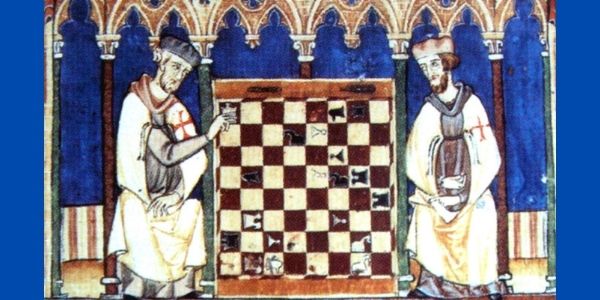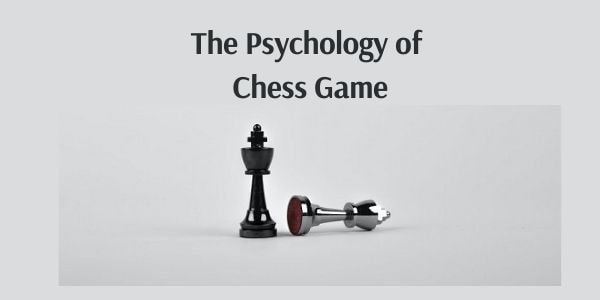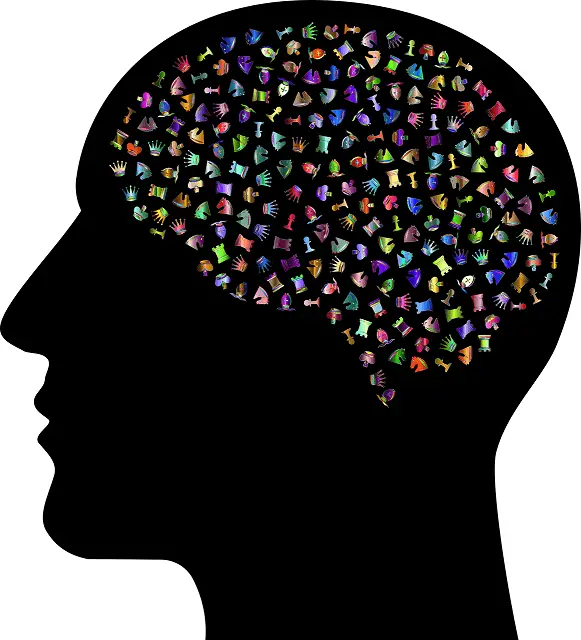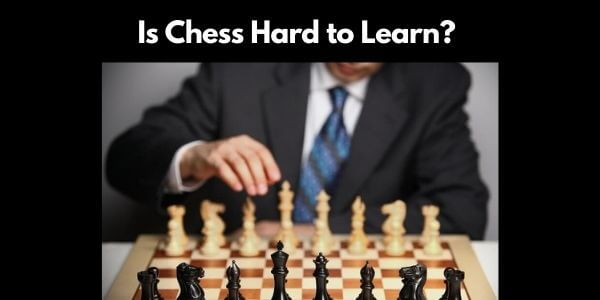The History & Evolution of Chess (From Early Stage)
The chess game has a long and rich history tracing back centuries into the ancient annals of human society. Like any form of invention or ingenious creation, chess was preceded by numerous forerunners that, over time, evolved into the profound game that we know and enjoy today.
Who invented the game of chess?
There is a consensus among historians that the ancestry of chess can be traced to the Gupta Empire in India some 1500 years ago. Before this time, numerous board games existed, some even as old as several thousand years, dating back to Ancient Egypt.
Games such as senet of Ancient Egypt and limbo of Ancient China possessed vague similarities to chess, such as boards divided into squares and pawn pieces as in the case of senet, however not enough semblance to be considered as predecessors of chess.
In the 6th century, a board game called chaturanga originated in the Gupta Empire of modern-day India, and what would later become known as chess was effectively born. Some historians argue that earlier forms of chaturanga or chess can be traced back to the Kushan Empire of Ancient Afghanistan, yet most agree that earlier forms of the game are difficult to define and thus leave its origins uncertain.
The game of chaturanga had enough undeniable similarities with chess to warrant being considered the earliest form of the game. The word chaturanga translates into “four divisions of the military”, which is represented by pieces in the shape of infantry, cavalry, elephantry, and chariotry.
Over time these pieces would evolve into the pawn, knight, bishop, and rook of modern-day chess. Chaturanga possessed two classic similarities to chess. All future variations would be designed – multiple pieces with unique capabilities and a single piece that determines victory or defeat, the king.
Due to its popularity, it was not long before chaturanga was introduced to other cultures and civilizations. It first appeared in the Persian Empire (modern-day Iran) not long after its roots were traced in India. Chaturanga became immensely popular amongst Persian nobility, who began referring to the game as shatranj.
During this time early chess was further refined as players began exclaiming “Shah!” which is the Persian word for a king when attacking the opponent’s king, and “Shah Mat,” which stands for “the king is helpless” when in a checkmate. These expressions were pronounced in various languages as early chess spread through the land and became a defining characteristic of the game (notice the similar pronunciation in English).

After the Islamic conquest of Persia in the 7th century, early chess was adopted by the Muslim world to see further development and propagation. An attribute acquired during this time was the alteration of piece shapes and titles. Because the depictions of animals established by chaturanga were considered idolatry, chess pieces were instead formed into abstract shapes to prevent any resemblance to lifelike animals or people, and enduring quality found on many chess boards today.
From the Middle East, early chess spread to Russia around the 9th century, and by the end of the first millennium had spread throughout the majority of Europe. During times of war and conquest, chess tended to develop a greater following as it was spread to new lands by invading armies who brought the game with them.
By such and other means, chess developed a firm foundation throughout the majority of Europe. Chess was carried along the Silk Road by traders and pilgrims introducing it to the Far East. Their chess would transform as it was integrated with a unique style of play and Asian culture, becoming the game known as xiangqi, or Chinese chess, a game that is still very popular to this day.
Over the next several centuries, chess would become entrenched in pastime and culture alike. Western European nobility was particularly fond of the game, as royalty and the upper classes would go to great lengths and expenses to craft unique and meticulously ornate chessboards and pieces. Between the 12th and 15th centuries, the popularity of chess rose exceedingly as it found its place in literature, art, and culture alike.
As a result of rising popularity, chess was sometimes branded as a promoter of debauchery and violence. It became an admired form of gambling and occasionally incensed violence among participants. This alerted the attention of the Church as well as ruling sovereigns, who would occasionally enact restrictions on the game. These were almost wholly ignored by the public and high society, as any control placed on the game was soon unmanageable and generally impractical.
During this time, chess was adapted to existing cultures and further developed to resemble modern chess closely. Under European Christianity, chess saw the reappearance of pieces depicting men and animals, which became classified as kings, queens, bishops, knights, and men-at-arms.
Because early chess consisted of rules conducive to slow and lengthy matches (occasionally exceeding days), variations were introduced that encouraged faster and more difficult maneuvering. Some of these modifications were originally unwelcomed, but as players found the strategic and expeditious advantages of having an accelerated chess game, they began to accept these new rules and further develop upon them.
Modern Chess History
By 1500 AD, chess was taking shape, and changes were being adapted to define modern chess. Until that point, the queen was a comparatively weak figure on the board. When new moves were introduced, allowing more significant movement for the queen and the bishop, chess became a higher stakes game granting faster victories, simpler checkmates, and more emphasis on pawn promotion. These modifications were quickly welcomed by chess enthusiasts and spread throughout Europe without much argument.
The following centuries emphasized chess tactics and theory when many literary works were published analyzing strategic possibilities and details. This only served to further promote chess as a technical and intelligent pastime that could be played on various levels of mastery. Through growing popularity, chess achieved a newfound height of competitiveness. Players regarded as true professionals began to appear and were soon followed by chess organizations and competitions by the 19th century.
Accompanying this widespread competitiveness were media highlights in newspaper articles, journals, and books that encouraged chess interest and excitement across many parts of the world. 1851 saw the first modern chess tournament, and the age of championship chess had begun, propelling chess into global sport status and inspiring a new generation of players to perfect and enjoy the game.
The 20th century saw further examination of chess theory with the inception of advanced styles of play and broader tactical focus. Chess became a highly competitive international sport with the formation of the World Chess Federation by 1924.
Today, 1522 people have held the ranking of chess grandmaster (the highest attainable chess title a player can earn). Chess is played for both professional and recreational purposes by hundreds of millions of people worldwide.






